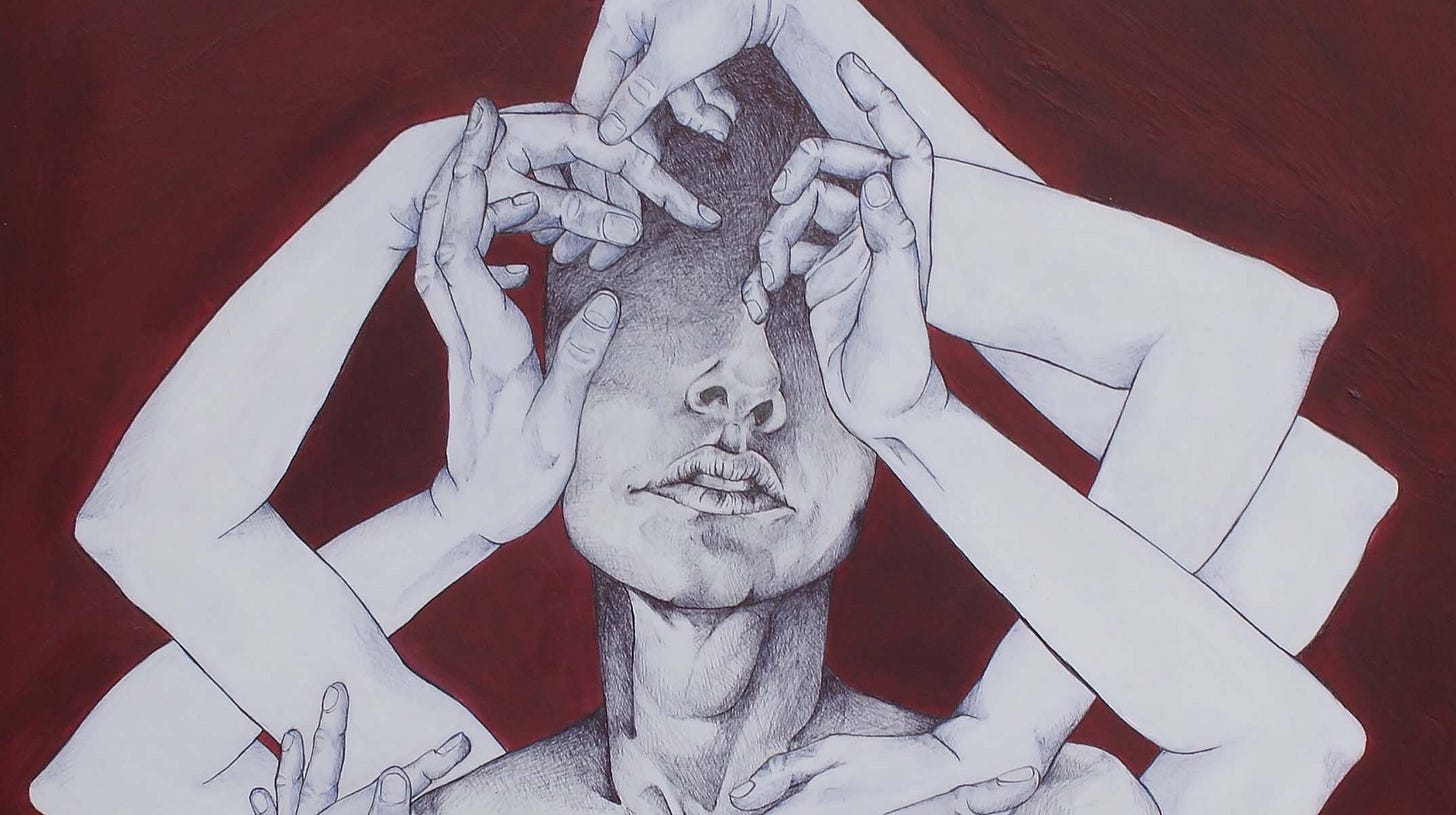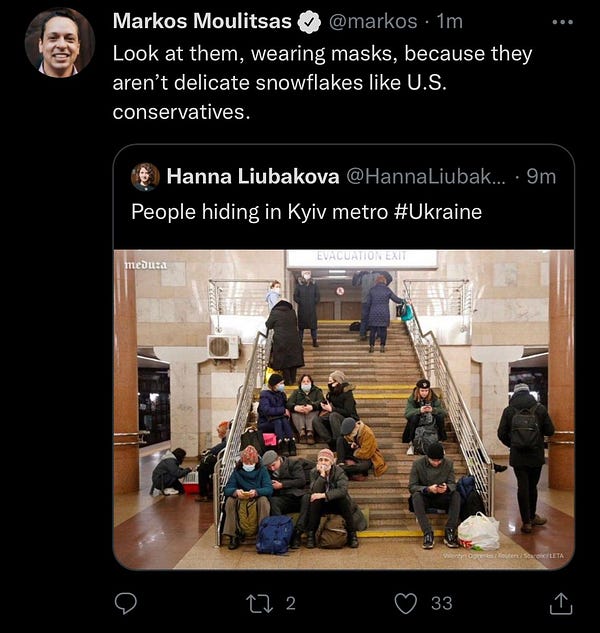If you value what you read and would like to support my work, consider Buying Me A Coffee, leaving a heart/comment on this post below, or sharing this journal with another human. If you’re not a subscriber yet, join us!
THANK YOU, LOVE YOU
There is burnout all around me. A friend shared they are taking stress leave and another is considering supply teaching for a while instead. Emily Atkin, who writes the climate newsletter, HEATED, announced on Tuesday that they are going on a temporary hiatus to ‘rebuild their foundation’ and Yales Professor of Happiness, Laurie Santos, is taking a leave of absence because they are wise enough to see the signs of burnout bubbling within them.
At this point, the chronic stressors for burnout have compounded and collapsed into a slimy marsh, and the question is now what? Authors and sisters, Emily and Amelia Nagoski, write about completing the stress cycle as the secret to alleviating burnout. This means finding a way to let your body know it is no longer threatened or in danger. When the cycle is not completed, you effectively get stuck in emotion; the longer you are stuck, the harder it is to move, to turn over the painful stuff. The deeper it is stuck, the more likely you are to react and commit harm from the place in your body that is screaming for relief. Our emotions are no more sophisticated than our bowels; if they are not released, they become rancid.
The Nagoski sisters are very clear about differentiating completing the stress cycle as not self-care, which over time has become emblematic of an individuated response to care for those with the privilege to do so. ‘Self-care is the fallout shelter you build in your basement because apparently, it is your job to protect yourself from nuclear war,’ Emily argues in a podcast interview with Brene Brown. As doctorates of sex education and music, they both believe that feeling is a learned skill, that took both their training and lived experiences to fully realize.
Even though emotional wellness is more mainstream now, it still shocks me how much of a gap this work was in my own education. I carried around emotions like newborn children for far too long before discovering meditation, therapy and somatic approaches and even still, there is more sharpening to do to better manage stress. I often wonder if I can recover from being drowned so many times.
In modern times, our chronic stressors are more often than not the side effects of living within a colonial patriarchal capitalist system that reduces your existence to the value of your labour and your capacity for brute self-sufficiency. We question our enoughness and physical safety like it is the air we breathe. This programming is so insidious that even the wealthiest are stressed with the angst of maintaining their status in a fragile market.
In the global north, these stressors have been amplified by slashing funding for social support systems (health, housing, education, food), destroying trust in public institutions in exchange for privatized and entrepreneurial tech solutions alongside the rise of the right and a weak response to reconciliation. There are more voices at the capitalist table, but we are all a bit more precarious too. Over time, this assault on one’s identity and safety can stockpile a lot of trauma, a lot of stress, a lot of unfelt feelings.
I have been working my way through an extensively researched and precise toolkit called Dismantling the Master’s Tools, developed by storyteller and designer (and my friend!), Mathura Mahendren, who compassionately guides you through a somatic approach for upending white supremacy from your body and applying it to your relational work. It is brilliant and a labour of love and accountability that vulnerably mirrors Mathura’s own journey of self-inquiry.
She connects systemic oppression to the repression in our own bodies that not only exacerbates stress but leads us astray towards upholding systems of harm without critical awareness and examination. Somatic practitioner and author, Staci Hanes, who is quoted in the toolkit, explains how our strategies for not feeling certain pains and fears were protective and helped us survive, but similar to the guidance of the Nagoski sisters, until these feelings are revisited and the cycle is completed, old strategies will override any effort of applying new practices to stress.
As long as wellbeing and feeling our feelings is considered a lifestyle choice rather than a medical imperative, cultural priority and business design pillar we will bounce through cycles of burnout and recovery. Even though we intuitively know what we need to bring out bodies back into balance, whether that is breathing, creativity, cuddling or a long walk, Santos’s research shows that it becomes much easier when there is a cultural apparatus supporting you, whether that is CrossFit or Church, to resist the force of hustle-achievement culture.
During the first waves of the pandemic and the political uprisings that echoed behind, there appeared to be more space for feelings in the workplace. But after months of ongoing disruptions, a colleague and the CEO of an advertising agency confided that they were unsure how to continue to hold space for their employees while still meeting client deadlines. ‘I feel like we might have opened a can of worms we can’t sustain.’ Similar to the individual, a single awakened leader can not detach themselves from an interconnected system that values speed, scale and undeterred maximization above all else without a cultural shift that steers all boats in a new direction.
In Toronto, Reset is opening a phone-free and work-free retreat centre that will be a node supporting the cultural apparatus of community, connection and collective joy needed in the city and after a pandemic. There will be daily laughing practices, and weekly silent disco dance parties to begin - but the vision is for the centre to host a whole diversity of programming that holds space for adults to just play. I know the centre will be the beginning of a movement towards more local infrastructure for our well-being and that gives me hope.
Later this afternoon, I am interviewing prolific author and essayist, Pico Iyer, as part of an event we are hosting with TED, where I have been facilitating his course, How to take a life-changing journey. For Iyer, travel is a spiritual practice, even if he rejects naming it as such, and the way in which he has come to understand and vividly describe the art of stillness. He lives with no cellphone and advocates for the urgency in slowing down, often quoting a saying from Kyoto, one of his homes, ‘don’t just do something, sit there.’
In interviews, he is often asked by mothers with careers and children how they can possibly slow down and be still with all of their responsibilities. The question is valid, he affirms, and suggestive of how little structural support they have in making this choice and the urgency with which we must self-organizing mutual care within our families and communities that can support space for stillness.
It certainly is all easier said than done in a world moving at the speed of light. Even though the pandemic ‘forced’ us to slow down, our stressors inflated. The real test of change is how we bring our learnings on caring for our stress response forward and encode them within our actions, our priorities, our leadership and our cultural consciousness. The real test is not having to feel it all because we are on the brink of a riptide, but choosing to feel some of it because we want to stay on the shore. Sleep, eat, feel just might be the bumper sticker of the decade. At least for me.
So the cure for burnout must ultimately be…all of us caring for each other, and right now more than any other. We don’t do lean in, we don’t do lean down, we do lean on. Lean with. Pick each other up - Emily Nagoski
Much love,
Hima
#ThisWeekinTweets








































